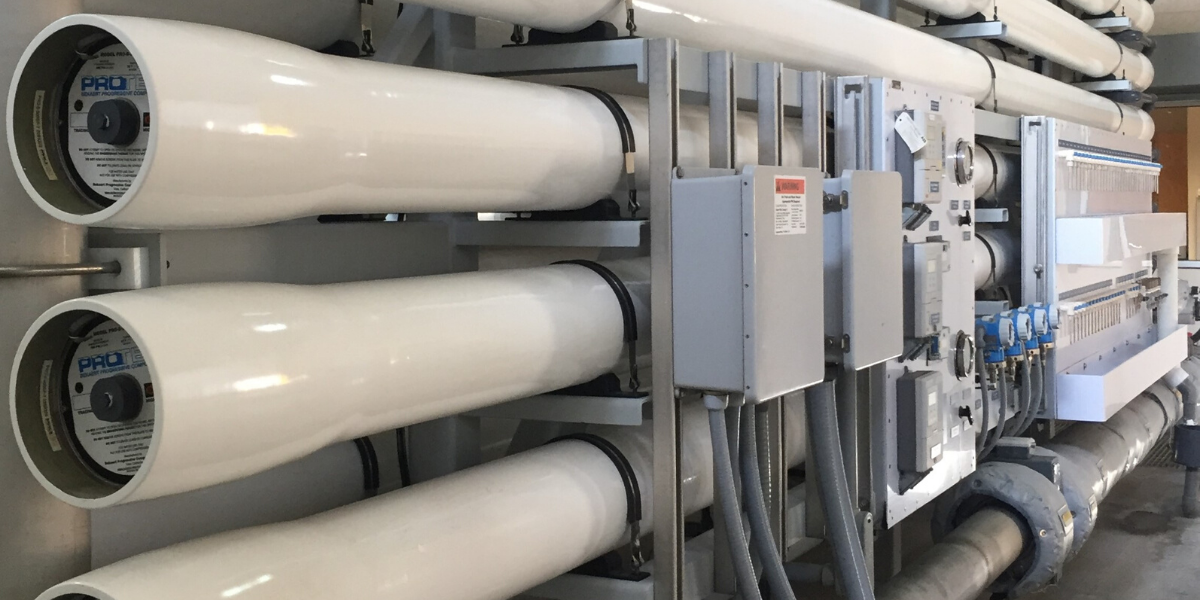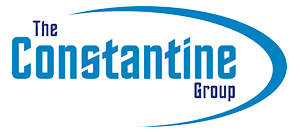
CR 214 Reverse Osmosis Water Treatment Plant Membrane Replacement
St. Johns County Utility Department, FL
The CR 214 WTP membrane replacement and WTP optimization project included replacing the membranes and optimizing the feed water chemical addition and therefore the ensuing process impacts to H2S and CO2 removal. Constantine Engineering performed an engineering analysis for the Reverse Osmosis Membrane Replacement at the CR 214 WTP for St. Johns County Utility Department (SJCUD). The raw water quality from 6 active wells (2 wells are inactive and 1 is currently being rehabilitated) was also evaluated to ensure that the membrane performance could be optimized. This included reviewing 10 years of water quality data from each well currently in service for total dissolved solids (TDS), chlorides, fouling potential, metal salt concentrations and the potential effects that the salts may have on membrane performance. A portion of the existing membranes were also analyzed in an autopsy that identified the types and fouling and materials deposited in fouling. Based on the water quality from the wells and the autopsy results, the past degradation and the projected future degradation potential for the CR 214 WTP were identified. Finally, the projected water quality for the life of the new membranes was developed and reviewed with SJCUD.
At the WTP, about 50% of the raw water is bypassed for blending with the Reverse Osmosis (RO) permeate. The RO permeate and blended water quality parameters such as chlorides, TDS, etc. were established. The concentrate water quality was also determined to ensure that the concentrate could continue to be disposed into a wastewater treatment plant.
Constantine also reviewed current RO feed pump characteristics (flow and head regimes) with a view towards the operating ranges for the new membranes; historical membrane performance trends for the current membranes (pressure, reject, cleaning cycles, etc.); and current membrane configuration and verify the number of passes with a view towards using the same skids.
Constantine developed membrane selection criteria and used these criteria to identify and review available membranes in the market to identify three (3) qualified suppliers. The selection criteria for the new membranes included pretreatment requirements, recovery efficiency, operating pressure, chloride rejection, TDS rejection, metal salts performance, etc. Constantine provided a detailed analysis of shortlisted membranes and a further evaluation of performance using feedwater pressure, permeate and reject efficiencies, and overall lifecycle cost.
Once the membrane supplier was selected, Constantine prepared specifications for the membrane replacement and assisted SJCUD and the contractor with the membrane replacement. Constantine also helped SJCUD with modifying the membrane operating procedures for pretreatment and cleaning to optimize the life of the new membranes.

